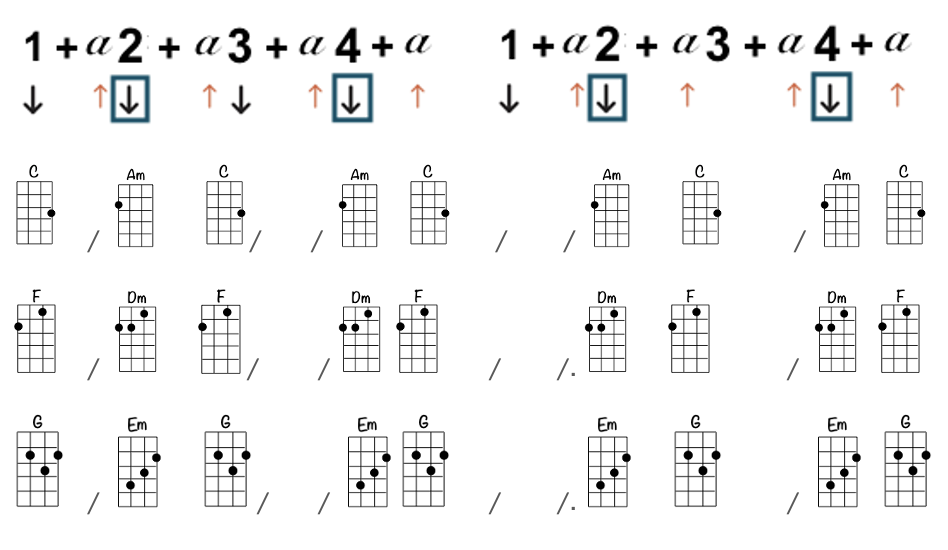Every major chord has a relative minor chord. You can think of them like extended family. If you’ve heard of the 6 degrees of separation theory, then you can apply a similar theory here to find the relative minor note of any major scale. The reason they are relative is because their scales contain exactly the same notes… just in a different order.
To find the relative minor scale from any given major scale, count up six scale degrees in the major scale and hey presto, that is where the relative minor scale begins in natural minor mode. Let’s return to the C Major scale to find its relative minor scale:
As you can see from the illustration above, the 6th degree of the C Major scale is the note of A. So there you have it, the relative minor scale of C Major is A minor. This applies to chords too, which we will be exploring in the next module.
If you want to find out what notes are contained in the A minor scale, all you need to do is move that A note to the 1st position of the scale and then add the rest of the notes chronologically as follows:
If you want to find out what notes are contained in the A minor scale, all you need to do is move that A note to the 1st position of the scale and then add the rest of the notes chronologically as follows:
Now let’s find the relative minor notes of the F major and G Major scales. All you need to do is write their major scale sequence out as illustrated below, then head up to the 6th degree and there you will find them. The relative minor of F Major is D and the relative minor of G major is E.
Don’t let all this talk of scales confuse you. You don’t have to even know how to play them, all we need to know is where the relative minor note needs to be played which we will be exploring in the next module.
|
TEXT TO AUDIO TRANSLATOR - ENGLISH
|
ADDING RELATIVE MINOR CHORDS
Now you have worked out the relative minor notes of the C, F & G major scales, you can add these on to the chord shapes you are playing to turn them into minor chords by adding just one extra note.
If you look closely at the finger positions of the chord shapes, you will notice that each contains at least two of the same notes as the other.
- The C major contains both the open C & E strings, as does the A Minor
- The F major shape remains within the D minor shape with an additional finger position on the 2nd fret of the C string. Both have an open A string.
- The G major shape simply moves the finger position on the 2nd fret of the C string up to the 4th fret on the same string to get the E minor. All other notes remain the same.
Now the fun begins. Let’s try adding those additional minor notes to beats 2 and 4 of each bar. To illustrate this, I have boxed the additional minor note positions on each strumming pattern.
Watch the video tutorial below for a full demonstration of the example above:
Now watch this video to see how they fit into the 12-Bar Blues progression:







